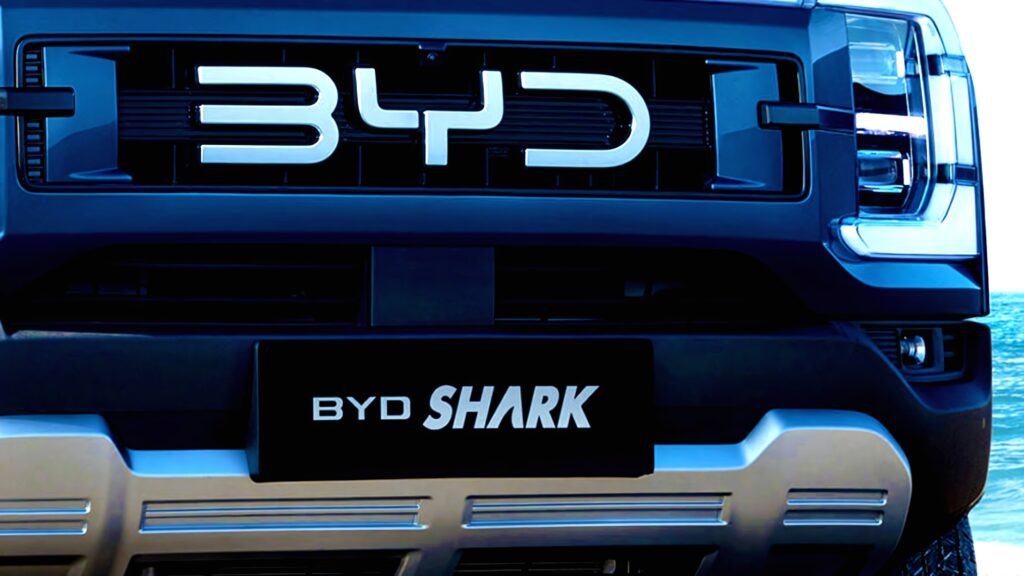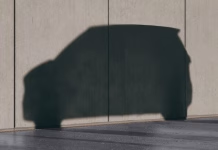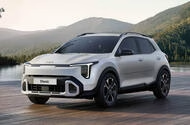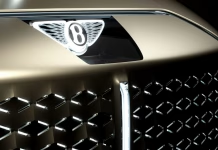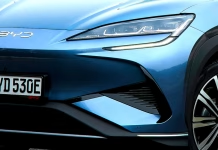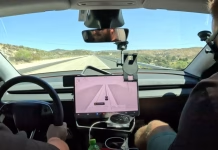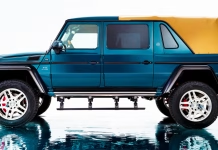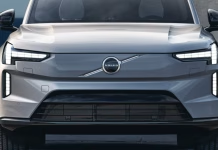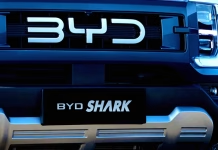Smart ForFour Returns as All Electric Smart 4 With Practical Four Door Design
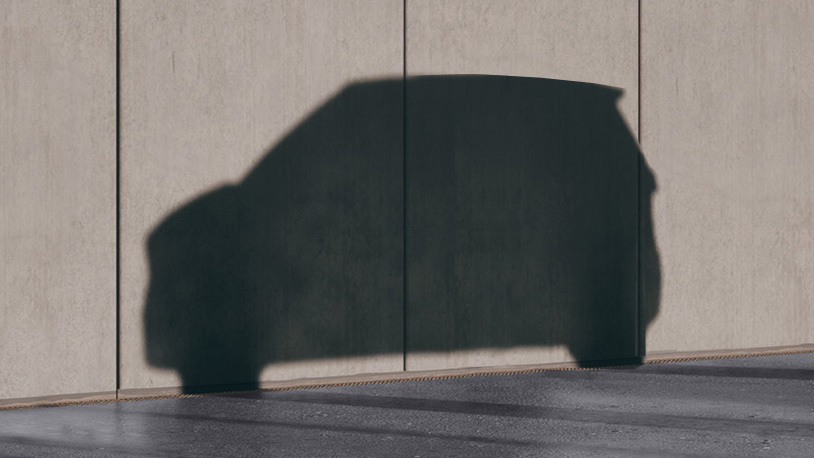
Kia Stonic leads with fresh design upgraded tech and manual gearbox option
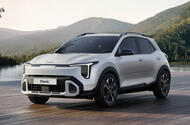 Bold new look for Ford Puma rival, which gets an upmarket interior but keeps ICE power and a manual option
Bold new look for Ford Puma rival, which gets an upmarket interior but keeps ICE power and a manual option
The Kia Stonic has received a major update, bringing new exterior and interior styling and a choice of pure-petrol and mild-hybrid powertrains.
The Ford Puma and Nissan Juke launched in 2017, and this is effectively a second heavy facelift for the compact crossover.
The Stonic's makeover brings it in line with Kia’s ‘Opposites United’ design, with a front end look bringing it closer to the EV3 and other new models.
The dimensions remain largely unchanged: the updated car is 4165mm long and 1760mm wide, with a 352-litre boot.
Kia's Stonic gets a new look AND keeps a manual option! What do you think? Perfect urban runaround or too much like a Stormtrooper?
The two powertrain options both use the 1.0-litre three-cylinder turbo petrol engine that features in the outgoing Stonic.
In standard form, it offers 99bhp and 127lb ft of torque, giving a 0-62mph time of 11.0sec and official CO2 emissions of 125-133g/km, depending on specification.
The electrically boosted mild hybrid offers and 113bhp and 127lb ft, trimming the 0-62mph time to 10.7sec and CO2 emissions to 120-129g/km.
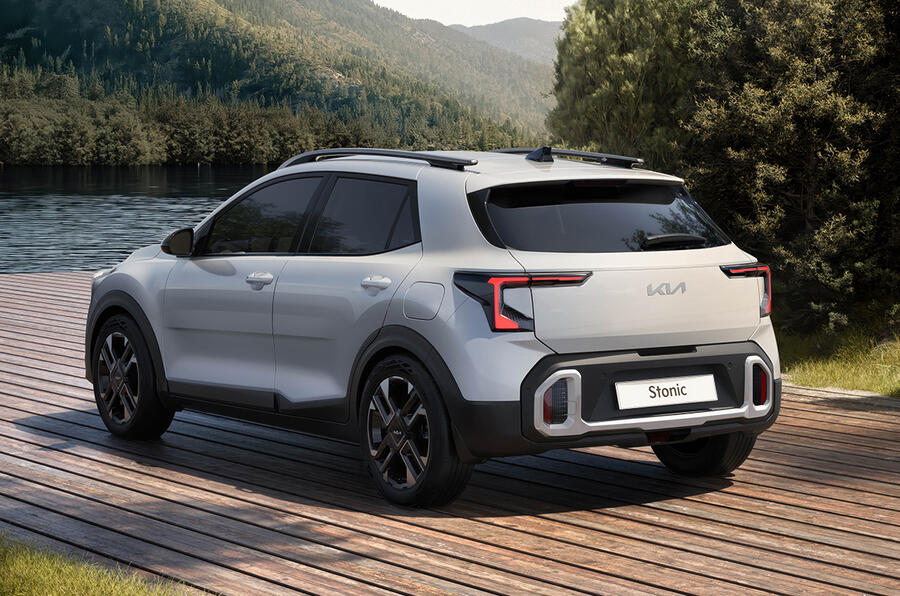
Both powertrains are offered with a choice of a six-speed manual or seven-speed automatic gearbox.
UK specifications, figures and pricing are yet to be confirmed. The outgoing Stonic is available here with two versions of the 1.0 T-GDi engine, with varying forms of electrical assistance, both of which offer 98bhp. It currently starts from £22,085
Depending on trim, 16in and 17in wheels are offered, both of which feature new alloy designs post-update.
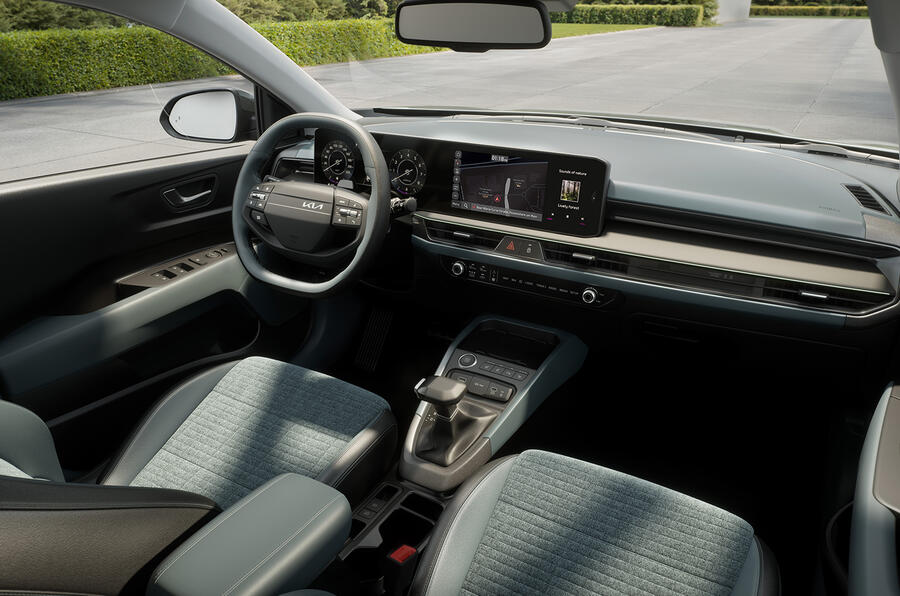
Inside, the design changes also bring the Stonic closer in line with other Kia models, including a dashboard featuring twin 12.3in touchscreens and the multimode touch controls that can be toggled between heating and infotainment functions.
The Stonic also now offers a range of new connected functions, including a digital key option, and ADAS including blindspot monitoring, forward collision avoidance and smart cruise control.
Bentley abandons electric-only plan and brings back gas power for future models
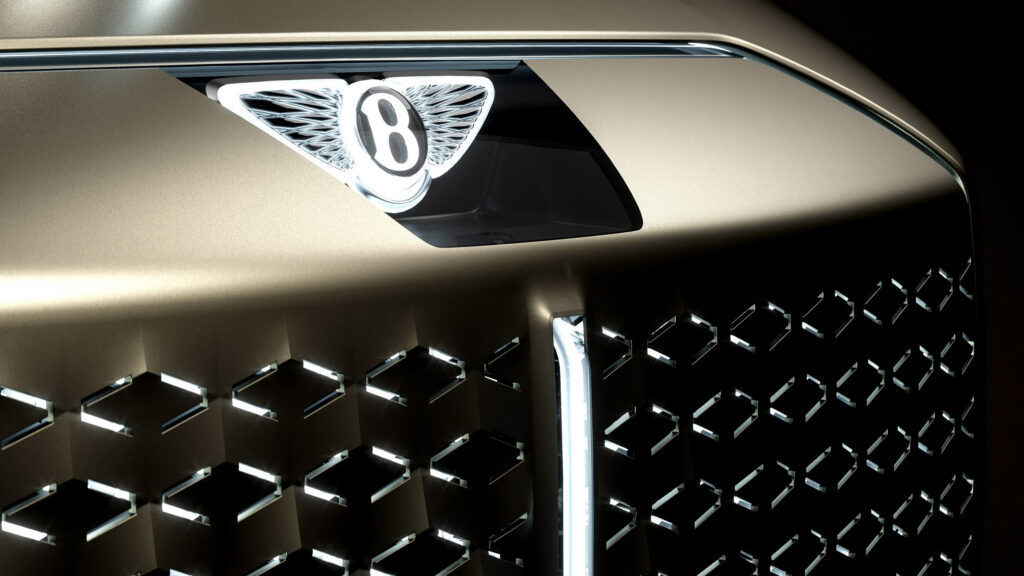
BYD Expansion Shakes Up German Auto Market as Stellantis Dealers Join the Rush
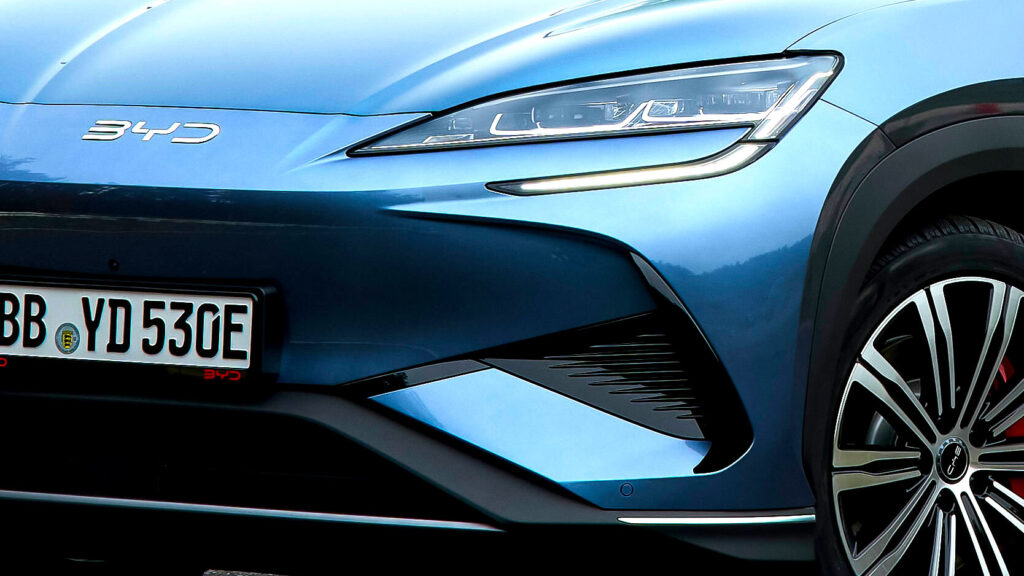
SpaceX Starship Struggles Cast Uncertainty on US Moon Mission

Tesla Model Y Full Self-Driving Test Ends in Crash After Missed Ramp Warning
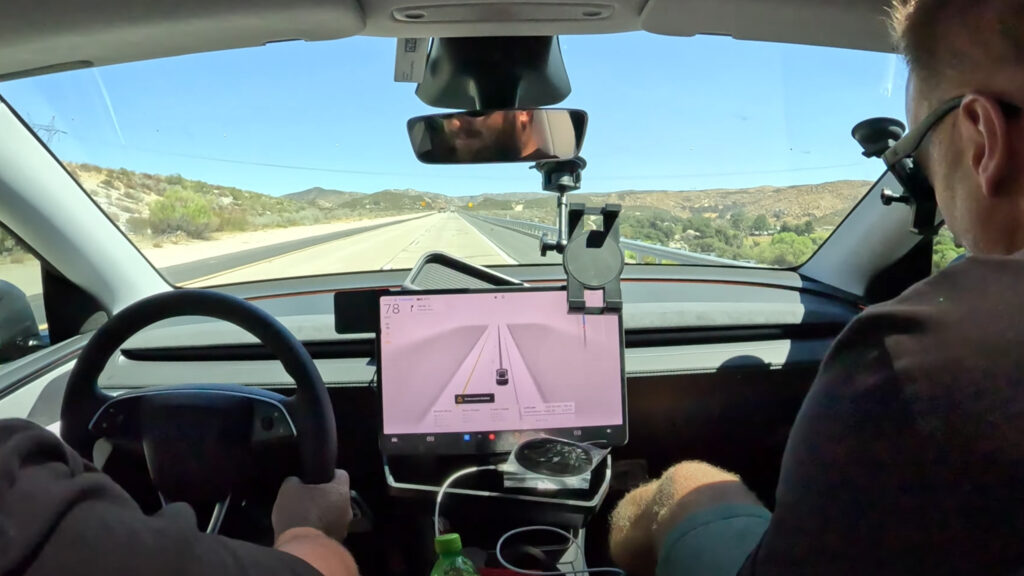
Mercedes G650 Lawsuit Mayweather Battles Dealer Over $1.2 Million Price Tag
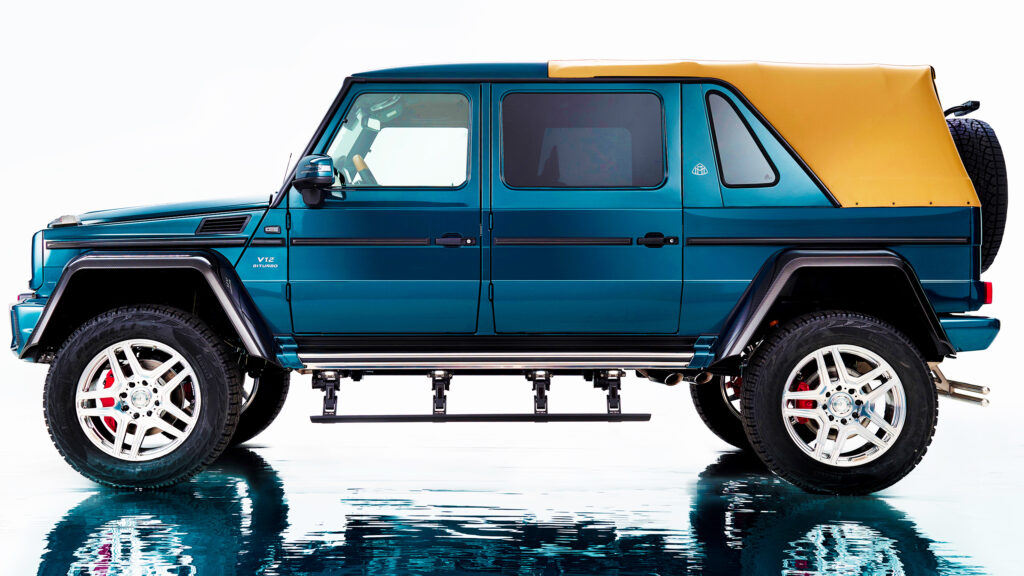
Volvo EX90 debuts faster charging, smarter tech, and US-built hybrid plans
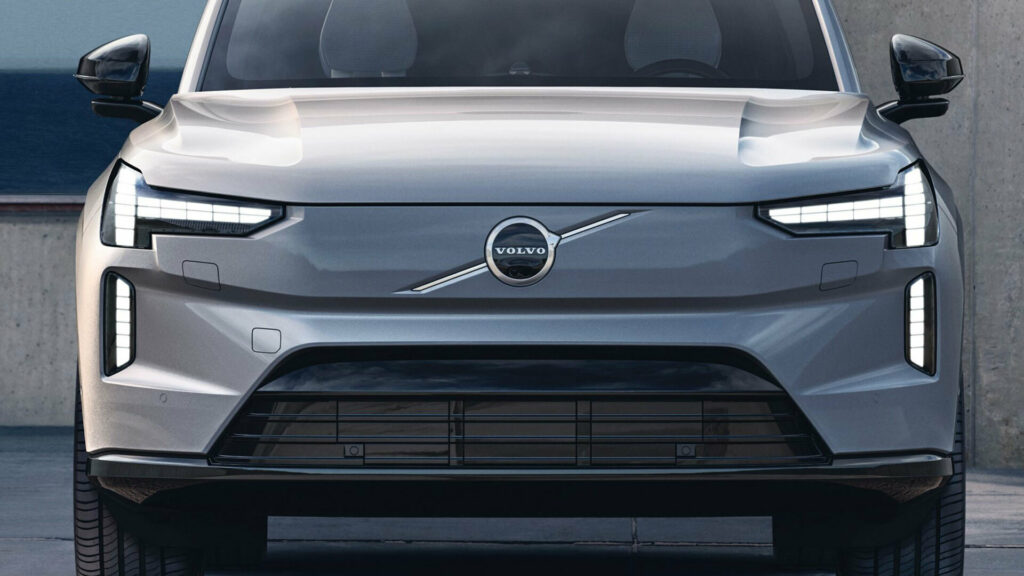
Car Logos Unveiled The Fascinating Stories and Hidden Meanings Behind Iconic Symbols
BYD investment pays off as Warren Buffett exits with billions after 17-year bet
